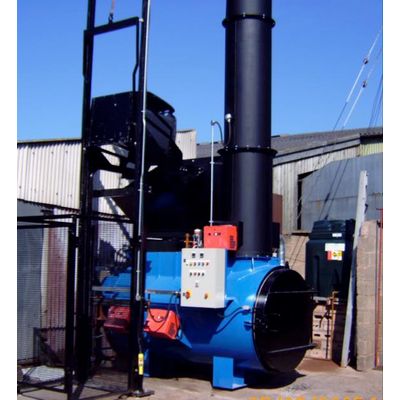

- Home
- Companies
- Environmental Combustion Technologies ...
- News
- Misconceptions and concerns about waste ...

Misconceptions and concerns about waste to energy facilities
Addressing misconceptions and concerns
Despite the numerous advantages of waste-to-energy incineration plants, there are often misconceptions and concerns surrounding their use. Addressing these misconceptions and providing accurate information is essential to help people make informed decisions about waste management practices. Here are some common misconceptions and concerns related to waste to energy incineration plants:
- Incineration`s environmental impact is a concern due to harmful emissions released into the atmosphere. However, modern waste-to-energy plants have advanced air pollution control technologies that capture pollutants and comply with environmental standards. Additionally, these plants help reduce greenhouse gas emissions by diverting waste from landfills.
- While some may worry about health risks associated with waste-to-energy incineration, adequately operated and regulated plants have little impact on nearby communities. Advanced emission control systems capture pollutants, and waste is handled safely with strict protocols and monitoring systems to minimise the risk of accidents and health hazards.
- Waste incineration is part of a strategy that includes recycling and waste reduction. It`s not meant to replace recycling but rather to complement it by reducing landfill space and recovering valuable resources.
- Renewable energy alternatives: Some individuals question the need for waste-to-energy incineration when there are renewable energy alternatives such as solar and wind power. While renewable energy sources are valuable and should be encouraged, they have limitations. For example, solar and wind power depend on weather conditions and may not provide consistent energy generation. On the other hand, waste-to-energy incineration offers a reliable and consistent source of energy production. It can also serve as a complementary energy source to renewable energy technologies, helping to meet the growing demand for sustainable energy.
To fully comprehend waste-to-energy incineration plants, it is crucial to address misunderstandings and worries. By giving precise details regarding the environmental effects, potential health hazards, waste hierarchy, and renewable energy options, we can facilitate informed judgments and foster the adoption of sustainable waste management procedures. When managed and executed appropriately, waste-to-energy incineration provides substantial advantages, including waste minimisation, energy generation, and improved public health results.

